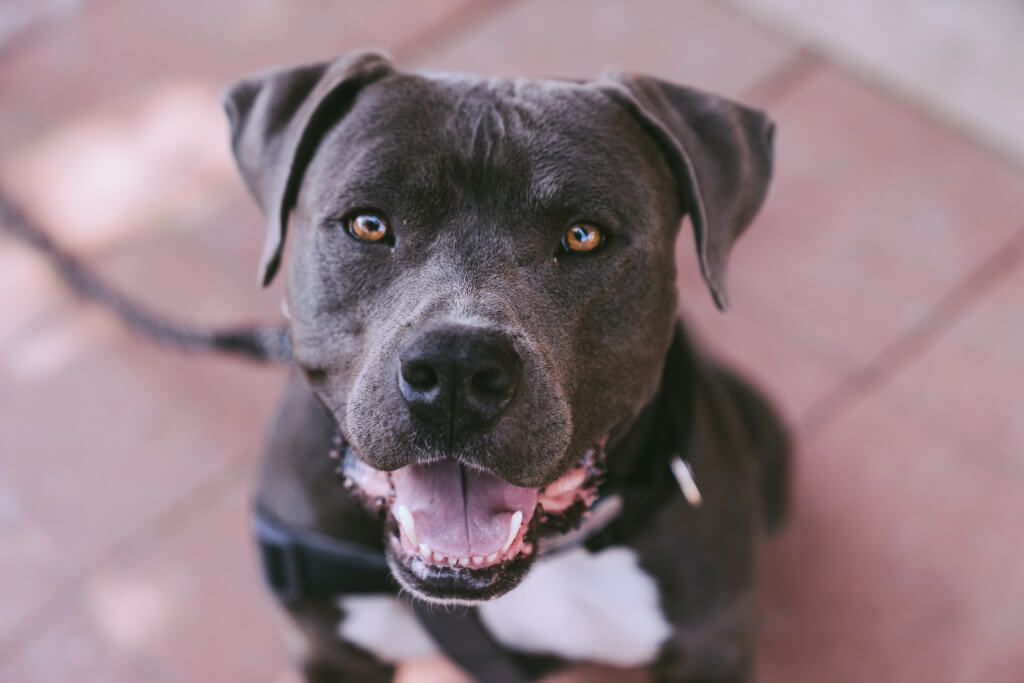Law enforcement globally, including in places like Africa, leans heavily on sniffer dogs to uncover narcotics, explosive materials, and even fruits with impressive accuracy. The method of training these dogs is relatively straightforward, allowing anyone with patience to undertake it. However, this process has nuances worth exploring.
Choose Your Dog Wisely
While it’s possible to train most dogs to detect illicit substances, certain breeds excel in this domain. Breeds like retrievers, German shepherds, and beagles have been favorites due to their keen sense of smell, a result of selective breeding over generations.
The Power of Association
The foundational training of a sniffer dog involves associating their favorite toy’s smell with the desired substance. Typically, trainers utilize a small white towel. Dogs not only recognize this towel easily but also enjoy playing tug of war with it. After building this association, trainers introduce the scent of the substance, be it drugs, explosives, or even electronic storage devices (like in the case of “porn sniffing” dogs, which have detected concealed memory cards and hard drives).
The Training Process: Safety First
The dogs are taught to detect using real substances, albeit in small quantities, ensuring their safety. While these dogs are trained to sniff out drugs, they’re rarely in situations where they face dangerously potent substances. However, there have been instances, such as in Broward County, Florida, where dogs came into contact with fentanyl, a powerful opioid. To counteract such exposures, handlers often carry naloxone, an opioid antagonist.
Passive vs. Aggressive Response
Depending on what they’re detecting, sniffer dogs are taught either “passive” or “aggressive” responses. For instance, while a dog might paw at narcotics, doing so at a bomb could be catastrophic. More commonly, sniffer dogs are taught to signal passively, by actions like sitting or pointing.
Human Influence and The Clever Hans Effect
Dogs, like most animals, are heavily influenced by human behavior. A classic example is the Clever Hans Effect, where a horse named Hans was believed to perform mathematical calculations. However, upon closer observation, it was revealed that Hans was merely responding to subtle, unconscious cues given by his handler. Similarly, a 2011 study in Animal Cognition found that sniffer dogs responded more to the beliefs of their handlers about the presence of drugs than the actual presence of drugs, leading to numerous false positives. This human influence is a significant factor in the accuracy (or inaccuracy) of sniffer dogs in the field.
Addressing Biases and Improving Training
Handler bias, either intentional or unintentional, has led to issues like racial profiling in stops. By understanding and mitigating these biases, and by refining training methods, the effectiveness and fairness of sniffer dogs can be improved.
Mice vs. Dogs: The New Sniffer Showdown
Fun Fact: Did you know that government agencies are considering swapping out sniffer dogs for mice? While you might enjoy petting a cute canine, mice have the edge in precision when it comes to detecting drugs and bombs. One security firm even mentioned that mice don’t need constant pep talks or fake missions like dogs. Unlike dogs, which handlers at airports sometimes send on phony package hunts to keep them motivated, mice are content with their detection game. They only need training once every 18 months and can work up to four hours without losing interest. Plus, they’re cost-effective, easy to mass-train, and quick to deploy.
Covert Mouse Operations
Fun Fact: Imagine walking through an airport and having a mouse secretly checking you for contraband. According to that same security firm, airports might soon have disguised mice in containers placed strategically where travelers pause. Unlike dogs, these mice aren’t swayed by handler biases. Instead, they quietly press a button to alert authorities upon detecting any illicit substance. Talk about stealth mode!
Sausage-Sniffing Dogs in the UK
Fun Fact: You might have heard rumors about sniffer dogs in the UK getting distracted by sausages. Well, here’s the scoop: these dogs were specifically trained to locate potentially harmful or unlawfully obtained meat. And yes, while they did find a lot of meat, most of it was just sausages. So, the next time you’re in the UK, maybe keep your picnic snacks hidden!
Age is Just a Number
Fun Fact: Think you can’t teach an old dog new tricks? Think again! One trainer suggests that elderly dogs have sharper noses, making them perfect for detecting substances like drugs. So, the saying should be, “You can teach an old dog to sniff out new things!”
Meet the Beagle Brigade
Fun Fact: The U.S. Department of Agriculture has a special task force, and it’s as adorable as it sounds. Called the “Beagle Brigade,” this team comprises beagles trained to sniff out illegally imported food. It’s a big world, and these tiny sniffers are making sure things stay in order.
The Enthusiastic Drug Dog
Fun Fact: Passion can sometimes get the best of us, and this applies to dogs too. There’s a tale of a drug dog at the U.S.–Mexico border that got a little too excited, breaking free from its leash. Its prize? A massive brick of marijuana. The puzzled smugglers surely didn’t see that coming! So, always expect the unexpected, especially when dogs are on the case.
The Benefits of Drug-Sniffing Canines
- Innate Abilities: One of the significant advantages of drug-sniffing canines is their naturally enhanced olfactory senses. Decades, if not centuries, of selective breeding have made certain breeds especially proficient in scent detection. Retrievers, German shepherds, and beagles are some of the top choices for this role because of their exceptional scent-tracking abilities.
- Versatility: Dogs are not limited to detecting just one type of substance. With appropriate training, the same dog can identify a range of illicit materials, from narcotics to explosives or even hidden electronic devices. This multifaceted ability makes them an invaluable asset in various law enforcement scenarios.
- Bond with Handlers: Dogs naturally bond with their trainers and handlers, establishing a working relationship based on trust and mutual respect. This bond ensures effective communication between the dog and its handler, enhancing the success rate of detection operations.
- Visibility as a Deterrent: The mere presence of a drug-sniffing dog can act as a deterrent. Potential wrongdoers might think twice about carrying illicit substances if they see a sniffer dog on patrol.
The Drawbacks of Drug-Sniffing Canines
- Potential for False Positives: As efficient as they are, sniffer dogs are not immune to errors. Studies have shown that they can occasionally signal a false positive, especially if their handlers believe drugs are present. Such situations can lead to unnecessary searches or, worse, unjust detentions.
- Influence of Handler Bias: Dogs are extremely perceptive and can pick up on their handler’s subtle cues or biases, which can inadvertently affect their performance. If a handler, even subconsciously, expects a positive detection in certain scenarios (like during traffic stops involving specific racial or ethnic groups), the dog might be more likely to signal a hit.
- Welfare Concerns: The well-being of the dog is paramount. There are concerns about exposing dogs to potentially harmful substances, especially potent ones like fentanyl. While most handlers ensure the safety of their canines, accidents can happen, and the dog’s health might be at risk.
- Maintenance and Upkeep: Dogs require consistent training to keep their skills sharp. This includes not just their initial training, but also ongoing exercises and mock drills. Additionally, they have general needs related to their health, diet, and well-being, which can be costly and time-consuming for law enforcement agencies.
- Limited Working Years: While dogs provide invaluable services, they can’t serve as long as humans. A sniffer dog’s career is limited by its lifespan and physical health, meaning that law enforcement agencies need to continuously invest in training new dogs to replace those that retire.
While drug-sniffing canines bring a host of advantages to the table in terms of detection capabilities, there are also inherent challenges and concerns associated with their use. Balancing the pros and cons is crucial for agencies that rely on these four-legged officers.




